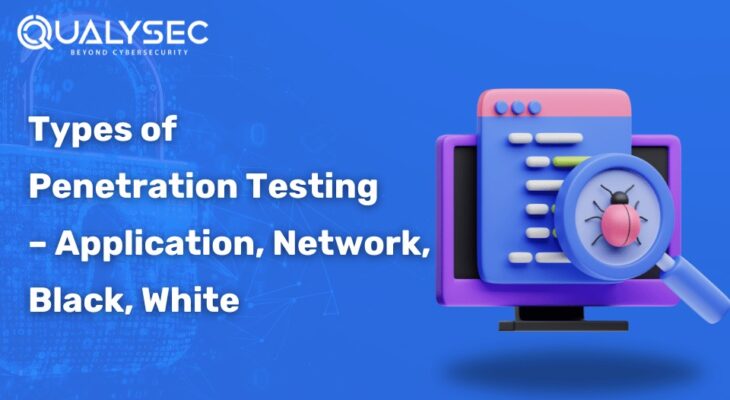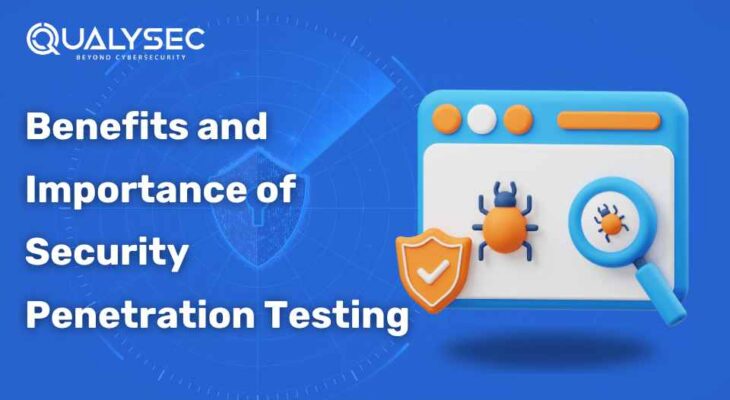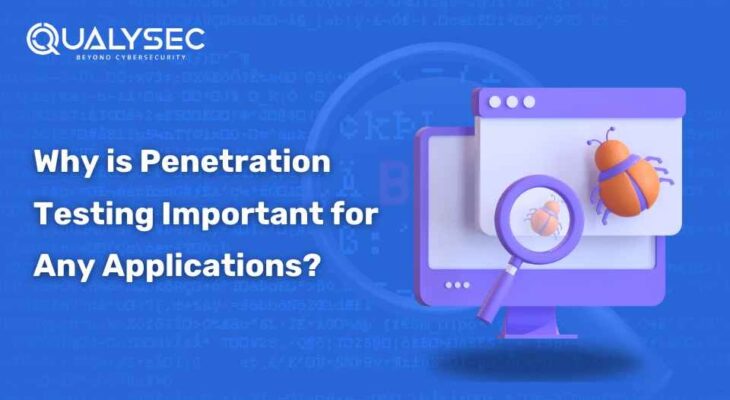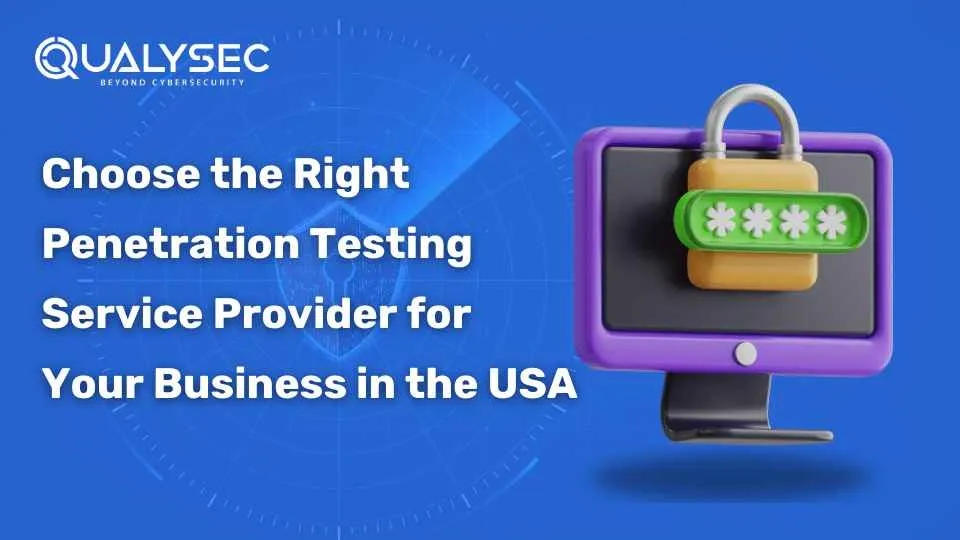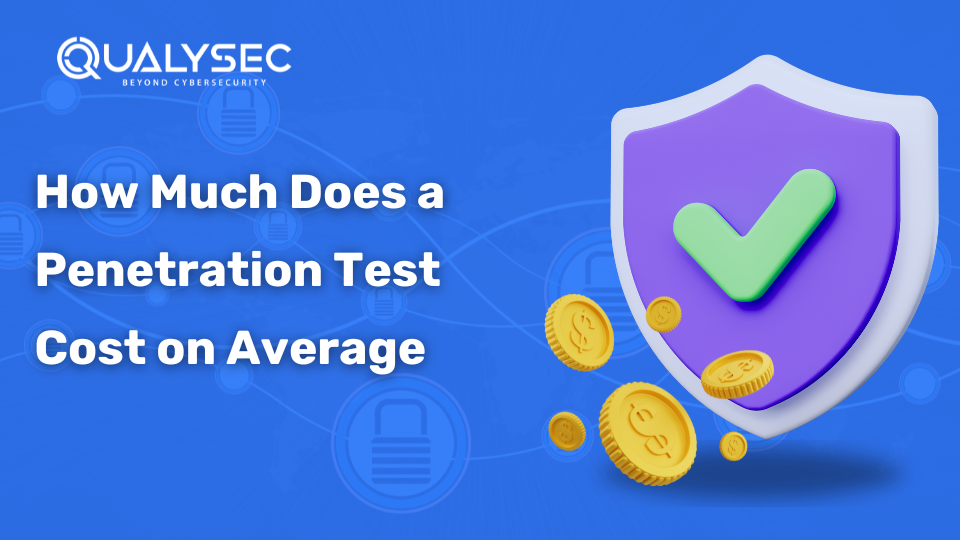Types of Penetration Testing – Black, White, and Grey box testing
Table of Contents With types of penetration testing, there is often a bit of confusion. Some say penetration testing types are black, white, and grey-box penetration testing. While others say application, network, cloud, API, and IoT penetration testing. Nevertheless, all of these are correct to some extent. The black, white, and grey box testing are
Read More
